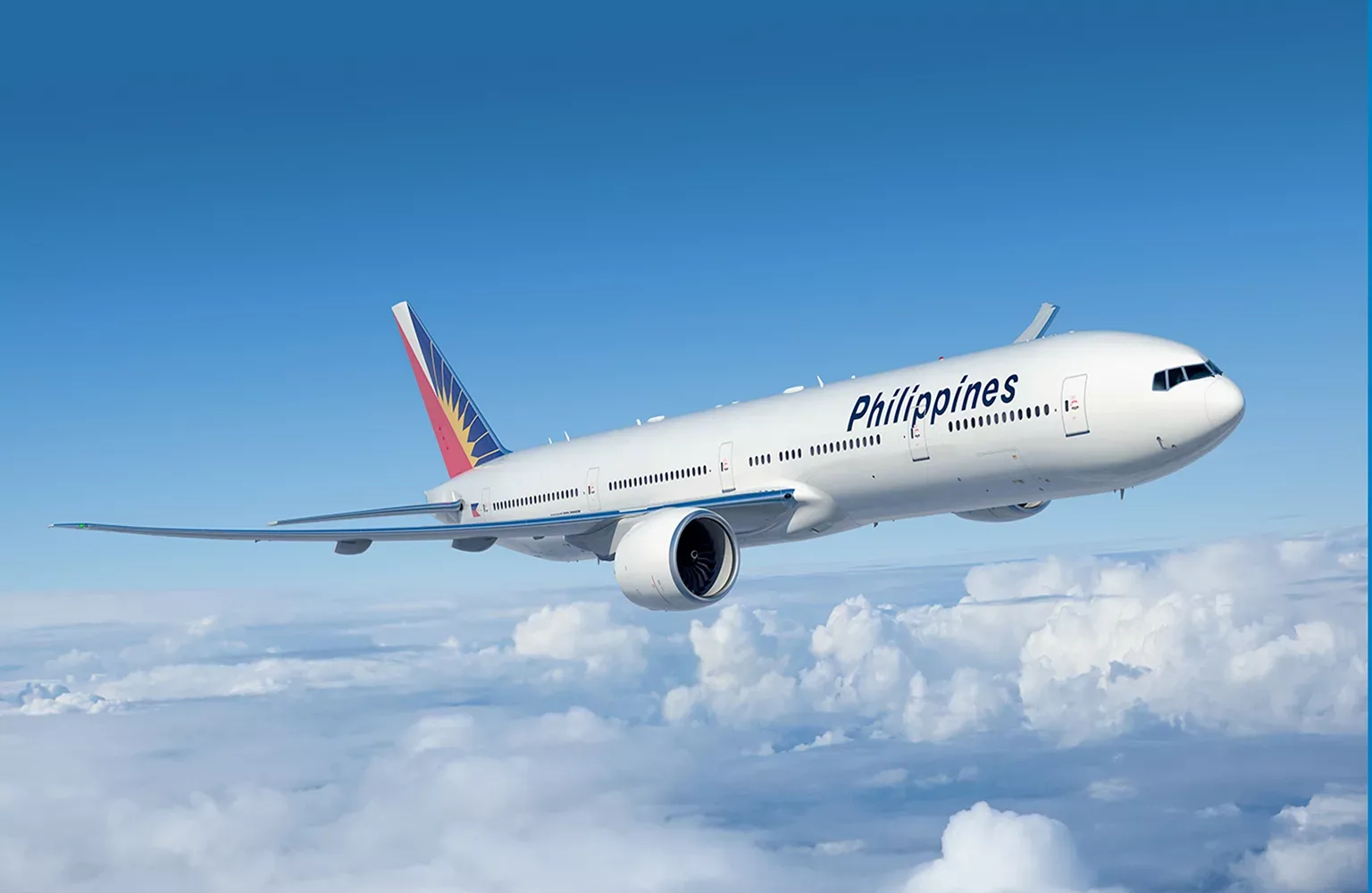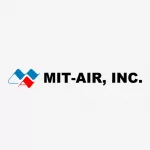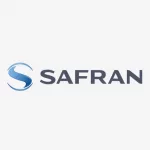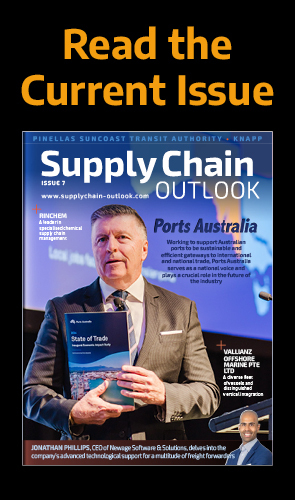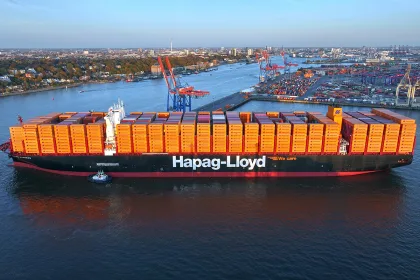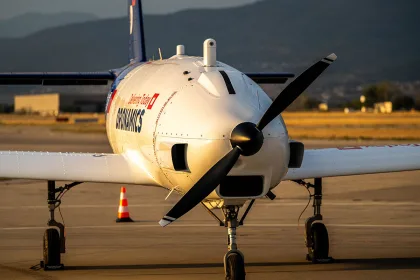PIONEERS OF THE SKIES
The company’s origins date back to 1931 when visionary entrepreneur Andres Soriano founded the Philippine Aerial Taxi Company. However, he closed the fledgling aviation firm in 1939 and replaced it with PAL a few years later.
Braving the imminence of war, PAL began with an inaugural flight from Manila to Baguio on March 15th, 1941, carrying only five passengers.
Today, PAL operates a fleet of Boeing, Airbus, and De Havilland aircraft, providing scheduled non-stop flights from its hubs in Manila, Cebu, Clark, and Davao to 33 other destinations within the Philippines. Additionally, it offers flights to 39 other destinations in Asia, North America, Australia, and the Middle East.
PAL’s network includes island-hopping flights to fabulous beach resort destinations, high-tech hubs, eco-tourism havens, and ultra-long-haul transpacific flights linking Southeast Asia to the US mainland – Los Angeles, San Francisco, and JFK Airport in New York, and Canada, namely Vancouver and Toronto.
“We are known for our warm and gracious service anchored in ‘Buong Pusong Alaga’, meaning wholehearted care, which embodies Filipino hospitality at its best,” explains Captain Stanley Ng, President and COO of PAL.
“PAL takes pride in supporting the global economy by providing air cargo and charter services while also fulfilling the travel needs of overseas Filipinos, businesspeople, tourists, and families from all around the world. We consider it a privilege to have been given this opportunity to serve, and feel honoured to do so,” he continues.
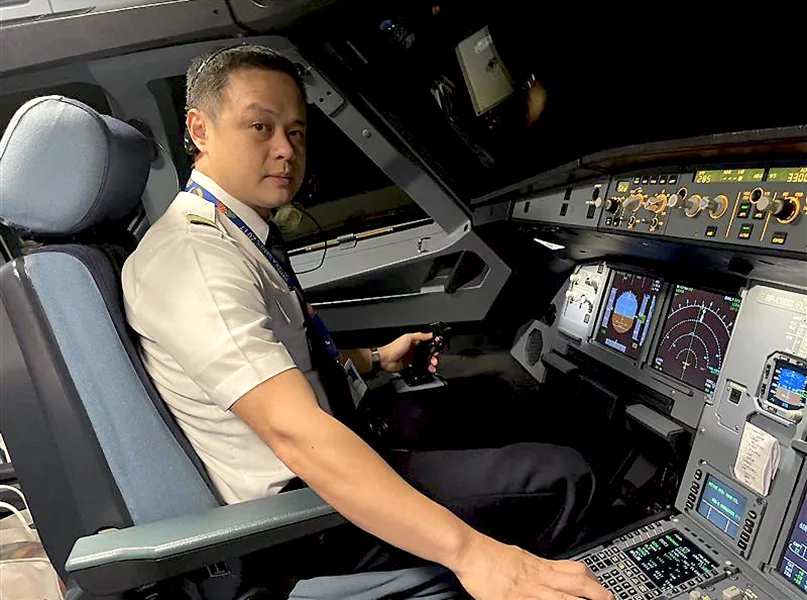
NAVIGATING A CAREER PATH
Captain Ng assumed the role of PAL’s president in 2022 after holding various positions in Flight Operations, including Head of PAL’s Operations Group and Chief Pilot of the Airbus A320 fleet.
Soon after taking up his prestigious post, he became part of a significant, special moment in history. He had the privilege of captaining a flight for the President of the Philippines, Ferdinand “Bongbong” R. Marcos Jr., who was on a mission for the nation.
As the first active pilot to serve as the flag carrier’s top executive since the 1960s, Captain Ng ascended to the PAL presidency after an esteemed 18-year career with the airline.
“Before my time as a pilot, I was a customer service agent at Manila Airport, which provided me with an insight into how PAL interacts with customers at the heart of its operations,” he recalls.
After joining the airline, he underwent his Ab Initio Cadet Pilot training at the PAL Aviation School and joined the pilot roster as a Second Officer in 2006. Subsequently, he rose through the ranks and served as Chief Pilot of the PAL Airbus A320/A321 fleet.
“Everything I have experienced has helped me hone our vision for PAL and enable it to transform itself into a reliable and profitable flag carrier that Filipinos can be truly proud of.
“Our goal is to differentiate the company from other industry players, locally and internationally, through our route network of non-stop flights to major global markets, the acquisition of latest-generation aircraft, and our service innovations,” Captain Ng reports.
PAL has always led the trend in the aviation industry and continues to do so. Aside from its young, modern fleet and state-of-the-art facilities, it also has one of the most extensive computer systems and radio communications networks in the Philippines.
“Our mission is to build a strong base of dynamic and driven employees who can effectively represent and promote the PAL ethos of quality Filipino service. We are currently focused on implementing digitalisation initiatives that will revolutionise customer service and engagement,” Captain Ng shares enthusiastically.
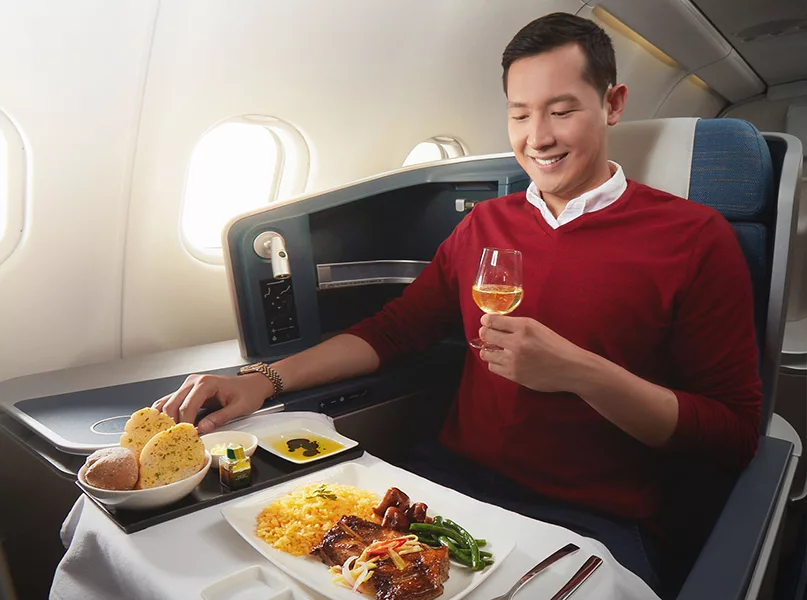
A DYNAMIC DELIVERY
Alongside commercial passengers, PAL supports the global economy with air cargo through its port-to-door service.
“Our airline offers direct flights to major global markets in North America, Australia, the Middle East, and all over Asia, making us the top choice for the Philippine economy.
“Thus, we have the capability to address specific freight transport requirements of various sectors. We are able to utilise our cargo space to transport goods throughout the Philippines and the rest of the world,” Captain Ng informs us.
In addition to the usual freight service, PAL has introduced rapid handling of urgent shipment (RHUSH), the fastest way to ship domestically or overseas. Advantages include the highest cargo loading priority, guaranteed space, and fast acceptance and release time.
“We regularly carry essential goods such as e-commerce, vaccines, medical supplies, tissue samples and organs to save lives, and perishable cargo such as fruits, vegetables, marine, and meat products. Additionally, we carry live animals on our ventilated aircraft, and furry family members in accordance with live animal regulations (LARs).
“We also transport human remains, and during the COVID-19 pandemic, we arranged dedicated, specific flights to carry the remains of overseas Filipinos who had passed away in foreign countries. Additionally, we use Manila as a transit hub for cargo destined for other countries,” details Captain Ng.
Naturally, PAL must adhere to strict International Air Transport Association (IATA) guidelines when transporting the recently deceased, and the airline carries out the task with the utmost respect. Furthermore, the cabin crew had protective gear incorporated into their uniforms to carry out the repatriation flights in the wake of the COVID-19 pandemic crisis.
“By helping to ensure that highly essential goods reach intended markets, we keep supply chains moving, which helps the economy,” he declares.
“By helping to ensure that highly essential goods reach intended markets, we keep supply chains moving, which helps the economy”
Captain Stanley Ng, President and COO, Philippine Airlines
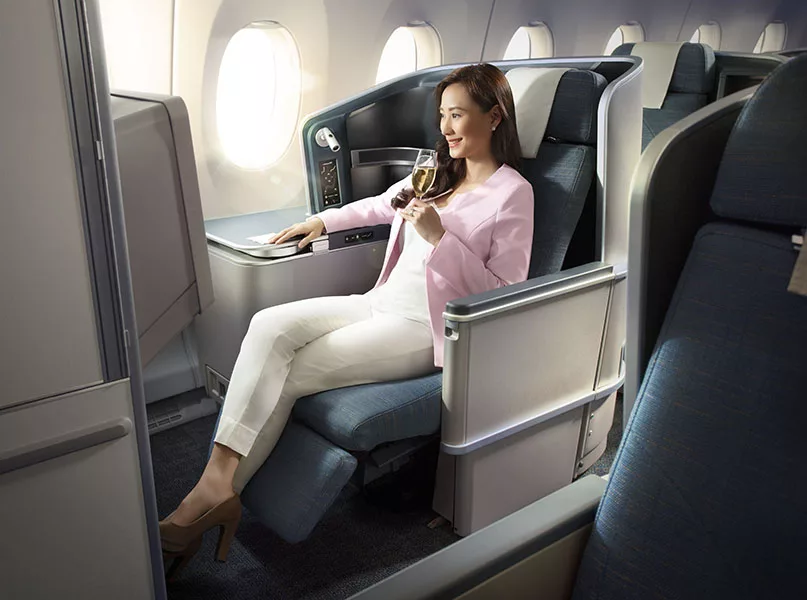
THE CONSUMMATE CREW
Safety is paramount to PAL and its sister company, PAL Express (PALex). To ensure cabin crew are well-equipped to perform their duties, training is completed in-house, and the In-Flight Services Training (IFST) Division handles the requirements so that the team receives the necessary knowledge, skills, values, and attitudes (KSVA) to perform tasks effectively.
When selecting new employees, PAL seeks individuals with specific skill sets to represent the company’s values and exceed customer expectations. Captain Ng encourages team members to assert themselves and bring fresh perspectives to their work.
“I value courage and the ability to speak one’s mind when the situation calls for it, along with introducing new ideas and ways of doing things.
“I admire individuals who put forth their utmost effort to complete a task, learn from their errors, and progress forward, developing their skills in the process. The honing of one’s abilities is a product of an individual’s concentration and resolve, together with the support of their work environment, tools, and resources.”
As part of the company’s innovation efforts, PAL has invested in a virtual reality (VR) training programme. This is a first of its kind in Filipino aviation, developed in collaboration with a local start-up and the Civil Aviation Authority of the Philippines (CAAP).
The programme offers an immersive experience that improves learning and service standards, resulting in higher retention rates. Moreover, the interactive and engaging nature of the training makes it more fun to participate in.
Indeed, Captain Ng adopts an open and inclusive approach to leadership, where ideas are explored, and mistakes are seen as learning opportunities.
“As leaders, we must acknowledge the skills of our team members and collaborate with them towards a common goal or vision. We should empower and trust our people, providing them with the freedom to innovate and execute at their best, while keeping a strong focus on meeting our customers’ needs and wants. This means having a customer-centric approach and a dedication to providing excellent service,” Captain Ng emphasises.

CHARTING A NEW COURSE
To secure the airline’s future, PAL maintains its own air academy to provide a steady supply of pilots.
Since it was established in 1960, the PAL Aviation School has aimed to produce competent pilots with a focus on the airline industry, utilising modern equipment and methodologies in its comprehensive training programme.
The airline understands the importance of having a competent crew to pilot its planes. However, that’s not the only wise business move PAL has made; the airline also takes care of its digital assets by introducing technology to improve the flight booking experience for its customers.
PAL will integrate Customer 360 – Salesforce’s integrated customer relationship management (CRM) platform powered by artificial intelligence (AI) – across the airline’s contact centre and customer feedback handling units.

“This will give us a comprehensive view of each customer’s interactions so we can personalise and elevate the overall passenger experience while enhancing internal processes to improve efficiency,” Captain Ng clarifies.
The cloud-based software will link PAL with its customers in a whole new way, thus enhancing productivity as well as connectivity.
“We will also use Salesforce’s Sales Cloud, Service Cloud, Marketing Cloud, and Customer and Partner Portals, as well as Slack, to provide employees with the insights and tools they need to deliver exceptional customer experiences while boosting internal processes to improve efficiency,” Captain Ng explains.
The airline also plans to harness the power of AI through the Salesforce Einstein Chatbot, leveraging its ability to utilise natural language processing (NLP) to understand and respond to customer enquiries.
As well as its fully-fledged transformation journey, PAL is making significant upgrades to its fleet. In 2023, the company placed an order for nine Airbus A350-1000s, with options to purchase three more and deliveries starting from Q4 2025 until 2027.
“Similar to the A350-900, an aircraft we already employ in our fleet, the A350-1000s will be the most advanced new-generation aircraft in any Philippine air carrier fleet, and we will equip these with three cabin classes; namely economy, premium economy, and business,” he reveals.




